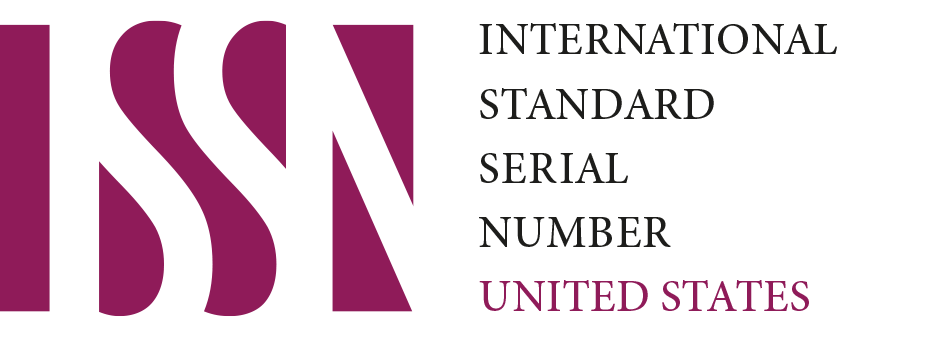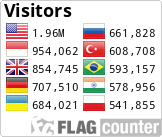The Influence of Environmental Factors on the Incidence of Malaria on the Coast of Malacca Regency
DOI:
https://doi.org/10.59613/global.v2i5.148Abstract
Environmental conditions that support malaria transmission include the physical environment such as temperature, air humidity, rainfall, wind speed, altitude of a place or location and sunlight. The biological environment which is the environment of flora and fauna such as: mangroves, mosses and algae can affect the life of mosquito larvae. The presence of plants can protect larvae from sunlight and attacks from other living things. The mosquito population in an area is also determined by the presence of various types of larva-eating fish such as tin head fish, tilapia and tilapia. The presence of large livestock such as cows and buffaloes can reduce the number of mosquito bites in humans if the cage is located close to the house. The purpose of this study is to determine and analyze the Influence of Environmental Factors on the Incidence of Malaria on the Coast of Malacca Regency. The type of research used is quantitative research with Case Control design. The population in the study was all people living in coastal areas covering the working areas of the Weoe and Lamea health centers who carried out microscopic and RDT thick drops blood preparation examinations based on malaria register data at the Puskesmas in 2020. The case sampling technique in this study was to use a total sampling technique saturated with a total of 73 local positive malaria cases (indigenus) recorded in 2020 at the Weoe and Alkani health centers, while the control sample was set at a ratio of 1: 1, so that a large sample of 73 people was obtained. So the total sample number is 146 people. The data was then analyzed using a simple logistic regression test. The results showed that there was an influence of mosquito breeding sites, mosquito breeding sites on the incidence of malaria on the coast of Malacca Regency with a p.value value<α (0.05). While the variables Temperature, Humidity, Large livestock ownership had no influence on the incidence of Malaria (p > 0.05).
Downloads
Published
How to Cite
Issue
Section
License
Copyright (c) 2024 Pius Weraman, Yuliana Seuk

This work is licensed under a Creative Commons Attribution 4.0 International License.













